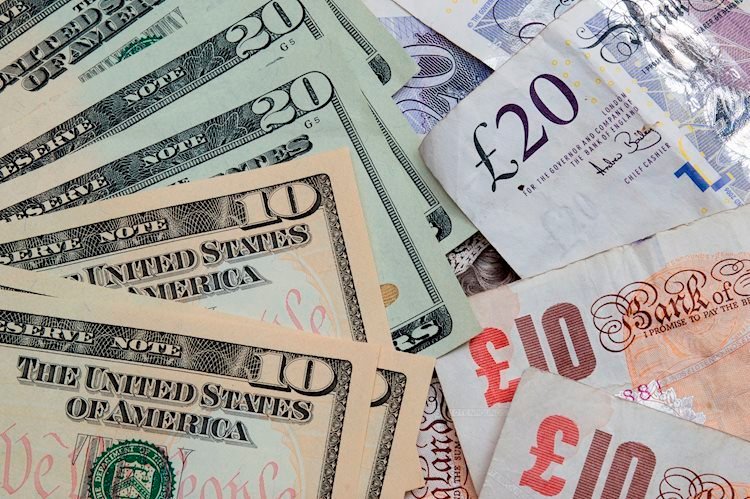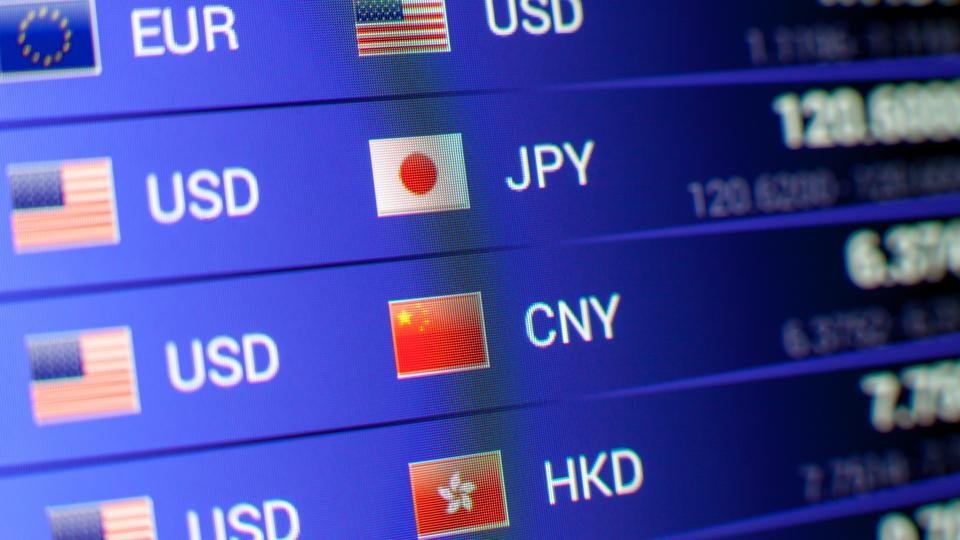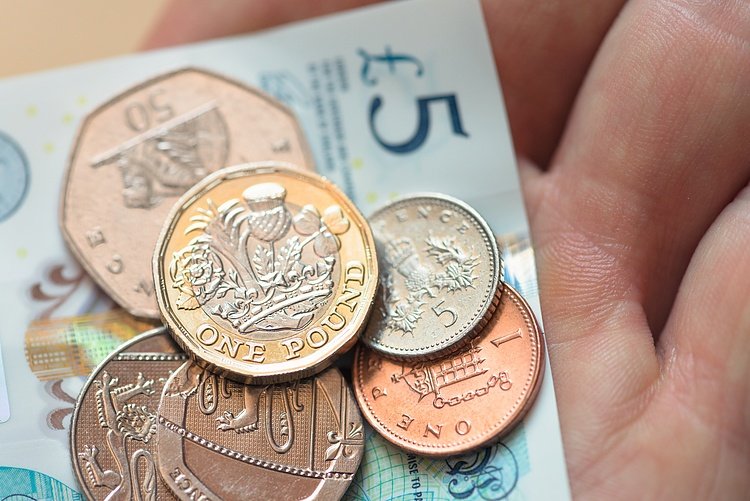- GBP/USD holds comfortably above 1.3100 in the European session on Friday.
- Improving risk mood makes it difficult for the USD to hold its ground.
- Fed Chairman Powell’s speech at Jackson Hole could ramp up market volatility.
GBP/USD closed the day flat despite the renewed US Dollar (USD) strength on Thursday and continued to stretch higher early Friday. As investors gear up for Federal Reserve’s Chairman Jerome Powell’s keynote speech at the Jackson Hole Symposium, the pair trades at its highest level in over a year above 1.3130.
The US Dollar (USD) benefited from the negative shift seen in risk mood on Thursday and the USD Index snapped a four-day losing streak. Pound Sterling, however, held its ground, supported by the upbeat UK PMI data, which showed that the business activity in the private sector continued to expand at a strong pace in August.
Early Friday, US stock index futures gain between 0.3% and 0.6%, reflecting an improvement in market sentiment and making it difficult for the USD Index to build on Thursday’s rebound.
In the early American session, Powell’s comments on the policy outlook could impact the USD’s valuation and impact GBP/USD’s action heading into the weekend.
Markets are currently fully pricing in a 25 basis points rate cut in September, as per CME FedWatch Tool, and see a 25% chance of a 50 basis points reduction. The market positioning suggests that the USD doesn’t have a lot of room left on the downside even if Powell outright confirms a 25 bps rate cut at the next meeting. In case he notes they will take a gradual approach to policy easing and won’t consider larger rate cuts, the USD could gather strength heading into the weekend and cause GBP/USD to correct lower.
GBP/USD Technical Analysis
The Relative Strength Index (RSI) indicator on the 4-hour chart stays near 80, reflecting overbought conditions for GBP/USD in the near term. On the upside, the upper limit of the ascending channel aligns as next resistance at 1.3160 before 1.3200 (psychological level, static level).
First support could be seen at 1.3100 (psychological level, static level) before 1.3070 (lower limit of the ascending channel) and 1.3030 (static level).
Pound Sterling FAQs
The Pound Sterling (GBP) is the oldest currency in the world (886 AD) and the official currency of the United Kingdom. It is the fourth most traded unit for foreign exchange (FX) in the world, accounting for 12% of all transactions, averaging $630 billion a day, according to 2022 data. Its key trading pairs are GBP/USD, aka ‘Cable’, which accounts for 11% of FX, GBP/JPY, or the ‘Dragon’ as it is known by traders (3%), and EUR/GBP (2%). The Pound Sterling is issued by the Bank of England (BoE).
The single most important factor influencing the value of the Pound Sterling is monetary policy decided by the Bank of England. The BoE bases its decisions on whether it has achieved its primary goal of “price stability” – a steady inflation rate of around 2%. Its primary tool for achieving this is the adjustment of interest rates. When inflation is too high, the BoE will try to rein it in by raising interest rates, making it more expensive for people and businesses to access credit. This is generally positive for GBP, as higher interest rates make the UK a more attractive place for global investors to park their money. When inflation falls too low it is a sign economic growth is slowing. In this scenario, the BoE will consider lowering interest rates to cheapen credit so businesses will borrow more to invest in growth-generating projects.
Data releases gauge the health of the economy and can impact the value of the Pound Sterling. Indicators such as GDP, Manufacturing and Services PMIs, and employment can all influence the direction of the GBP. A strong economy is good for Sterling. Not only does it attract more foreign investment but it may encourage the BoE to put up interest rates, which will directly strengthen GBP. Otherwise, if economic data is weak, the Pound Sterling is likely to fall.
Another significant data release for the Pound Sterling is the Trade Balance. This indicator measures the difference between what a country earns from its exports and what it spends on imports over a given period. If a country produces highly sought-after exports, its currency will benefit purely from the extra demand created from foreign buyers seeking to purchase these goods. Therefore, a positive net Trade Balance strengthens a currency and vice versa for a negative balance.








